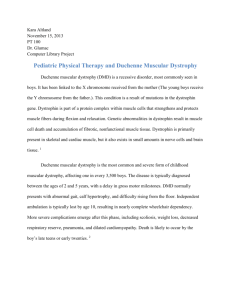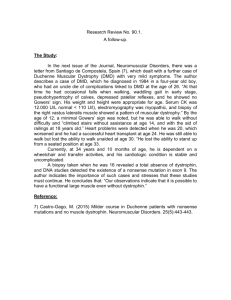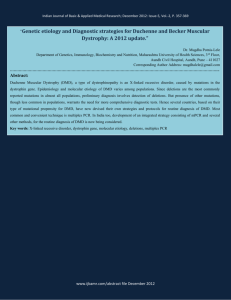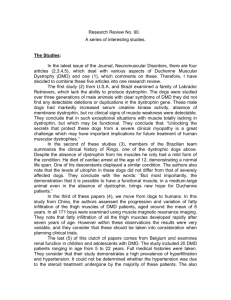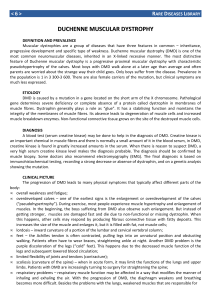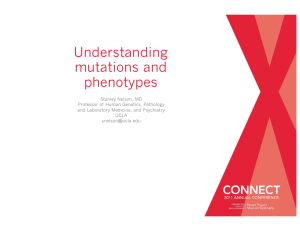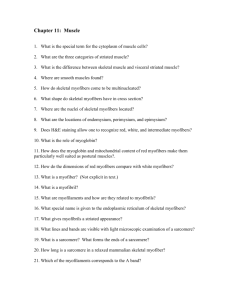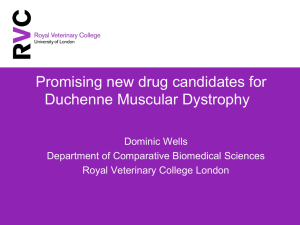DMD reviews 94 - Action Duchenne
advertisement
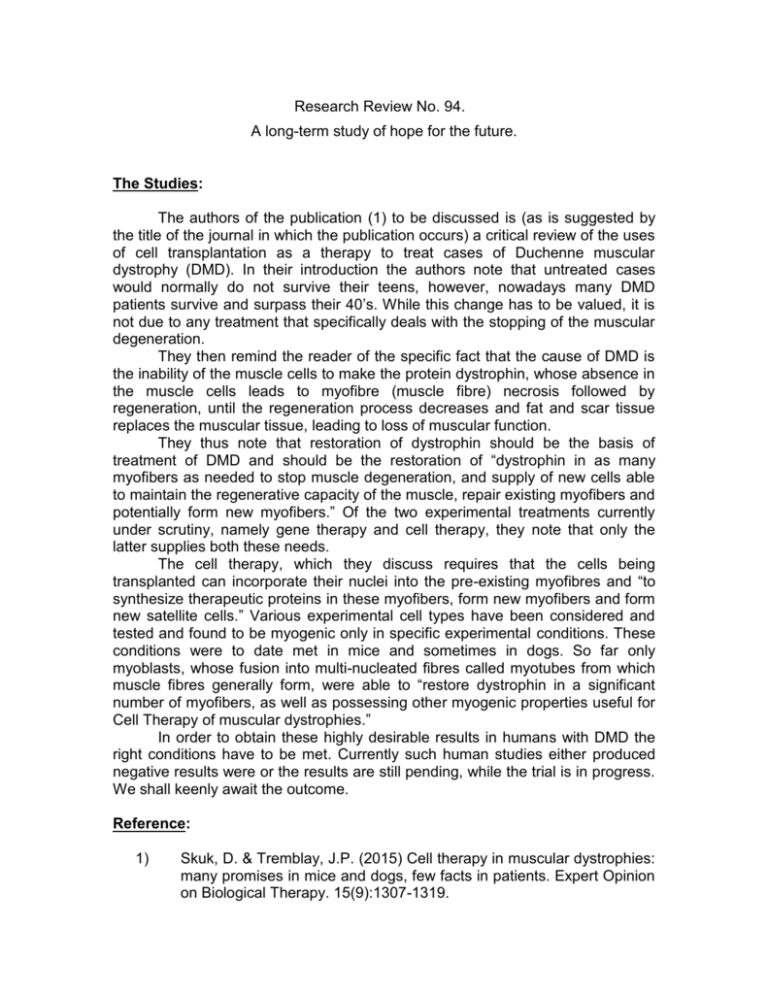
Research Review No. 94. A long-term study of hope for the future. The Studies: The authors of the publication (1) to be discussed is (as is suggested by the title of the journal in which the publication occurs) a critical review of the uses of cell transplantation as a therapy to treat cases of Duchenne muscular dystrophy (DMD). In their introduction the authors note that untreated cases would normally do not survive their teens, however, nowadays many DMD patients survive and surpass their 40’s. While this change has to be valued, it is not due to any treatment that specifically deals with the stopping of the muscular degeneration. They then remind the reader of the specific fact that the cause of DMD is the inability of the muscle cells to make the protein dystrophin, whose absence in the muscle cells leads to myofibre (muscle fibre) necrosis followed by regeneration, until the regeneration process decreases and fat and scar tissue replaces the muscular tissue, leading to loss of muscular function. They thus note that restoration of dystrophin should be the basis of treatment of DMD and should be the restoration of “dystrophin in as many myofibers as needed to stop muscle degeneration, and supply of new cells able to maintain the regenerative capacity of the muscle, repair existing myofibers and potentially form new myofibers.” Of the two experimental treatments currently under scrutiny, namely gene therapy and cell therapy, they note that only the latter supplies both these needs. The cell therapy, which they discuss requires that the cells being transplanted can incorporate their nuclei into the pre-existing myofibres and “to synthesize therapeutic proteins in these myofibers, form new myofibers and form new satellite cells.” Various experimental cell types have been considered and tested and found to be myogenic only in specific experimental conditions. These conditions were to date met in mice and sometimes in dogs. So far only myoblasts, whose fusion into multi-nucleated fibres called myotubes from which muscle fibres generally form, were able to “restore dystrophin in a significant number of myofibers, as well as possessing other myogenic properties useful for Cell Therapy of muscular dystrophies.” In order to obtain these highly desirable results in humans with DMD the right conditions have to be met. Currently such human studies either produced negative results were or the results are still pending, while the trial is in progress. We shall keenly await the outcome. Reference: 1) Skuk, D. & Tremblay, J.P. (2015) Cell therapy in muscular dystrophies: many promises in mice and dogs, few facts in patients. Expert Opinion on Biological Therapy. 15(9):1307-1319. Karl A. Bettelheim 17.9.2015
